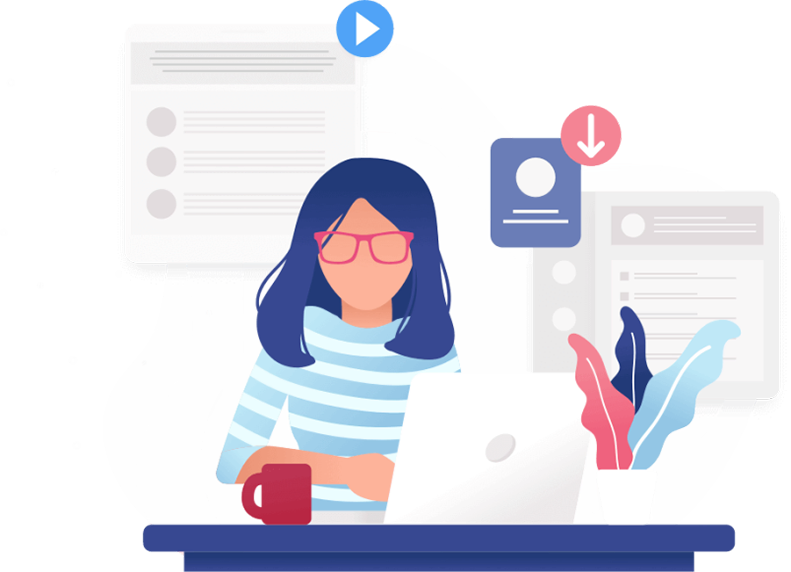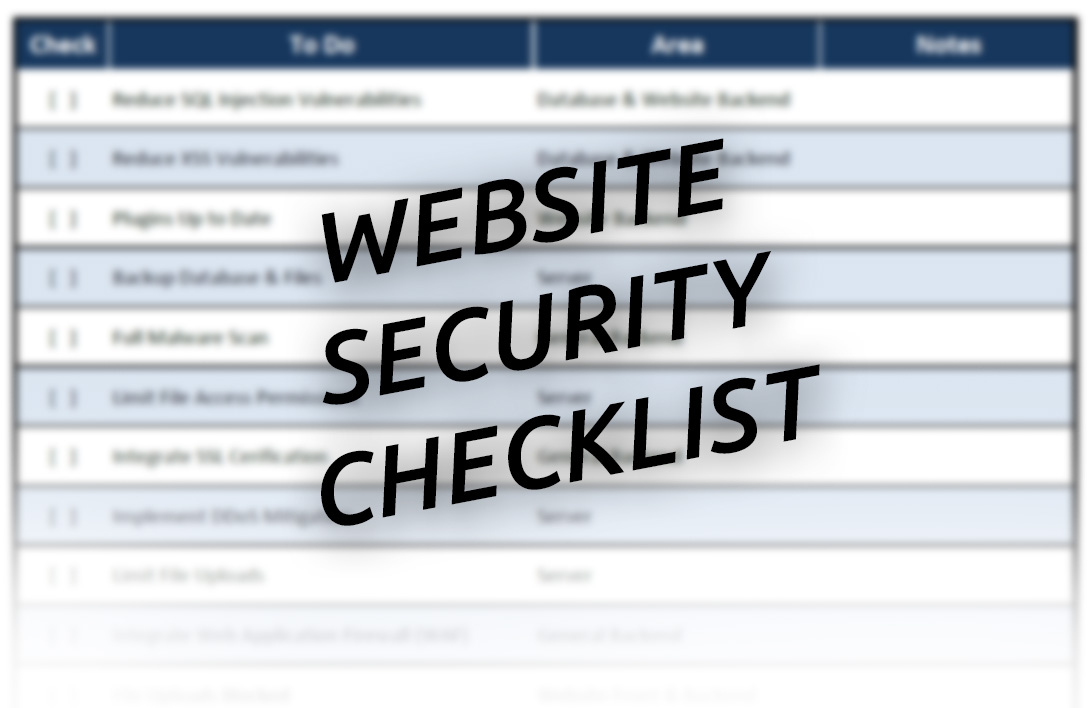One of the things that you need to consider when coming up with a web design in Vancouver is the kind of security measures you need to implement in order to keep the infrastructure safe from hackers. Believe it or not, there are many people with enough ill intentions to try and break web design and security from even lower- to middle-scale businesses. Apart from coming up with great graphic design, you should also spend ample time implementing these 13 ways to keep your website safe.
1. Beef up your website’s access control
Create passwords and user names that are very challenging for others to figure out, from the default database prefix of ?wp6_? to something completely random and complicated. In your website design in Vancouver, create provisions that will limit login attempts in a time frame to add an extra layer of security.
2. Keep yourself updated with hacking threats
In between updating your graphic design details, stay abreast with both the basic and the latest types of hacking threats. Having basic knowledge on how to protect your web design and site from it is key, so follow updates of a reputable tech site to know what things you need to be aware of, hacker-wise.
3. Keep everything updated, period
If there is a new update for any of the software that you use, update it immediately. Don’t be lazy when it comes to the latest updates because many of them address security vulnerabilities. The last thing you want is for a hacker to bypass your web design and get all your information (or even take your website down) simply because you were too lazy to wait the requisite number of minutes for the latest update to be implemented. As a general rule, it pays to update and upgrade everything in your website for best performance.
4. Create tighter network security
People who work on the computers in your office might be creating free-for-all access routes to the web servers, so further securing the network is very important. Implement protocols for changing passwords frequently, prompt login sessions to expire after inactivity, and maintain the rule that passwords should be strong. Ensure that devices that are hooked up to the network are regularly scanned for any malware whenever they connect.
5. Keep admin pages hidden
Use a robots_txt file to keep your admin pages from being indexed by the search engines, as this will prevent them from being listed. Pages that have good and secure website design in Vancouver are much harder to be located by hackers if they lack indexing.
6. Put a limit on file uploads
Believe it or not, bugs can still sneak their way through even the most robust of system checks ? especially when file uploads are on the large side. When this happens, a hacker will have practically unlimited access to the data on your site. Store your files away from the root directory and utilize scripts in order to access them if needed.
7. Put up your site’s web application firewall
This WAF can either be based on hardware or software, and it is set between the website server and corresponding data connection to read all data that passes through it. With this installed, you will have peace of mind knowing that all attempts to hack your site are blocked out.
8. Eliminate form auto-fill
If auto enabling forms are part of your web design and graphic design, you are thereby making your website vulnerable to any attack coming from other users’ phone or computer that’s been stolen.
9. Ensure that security applications have been duly installed
Whether free or paid, make it a point to install security applications that also do their part in making hacking a tad more difficult for other people. Even free plugins can be downloaded to add an extra protective layer by concealing your website CMS’ identity. Never underestimate how helpful these little applications are because they might just be what you need to delay and then discourage a hacker from targeting you.
10. Work your way around web page encryption
One of the basic rules when it comes to website design in Vancouver is that you are not able to hide your code, period. Don’t believe any software that says it will do that for you!
11. Utilize SSL
Transferring personal information from users to your database and back again should only be done with the help of encrypted SSL protocols, which will keep said data from being read while in transit. Furthermore, it will also prevent access to information that lacks proper authority.
12. Backing up on a regular basis should be a habit
In the event that something bad happens, you should have your latest backup to turn to. Backing up should be done in numerous ways ? on-site, off-site, and several times per day. Each time a user logs in action, that should be backed up in several locations.
13. Use HTTPS
This secure communications protocol is a very good way to keep your data and that of your users’ from being hacked. It is very necessary across online transactions, and the bonus is that it also boosts your Google search ranking thanks to the new rule that graphic design and web design that implements HTTPS shall also be an additional ranking factor.
These tips will surely make your website better protected against thieves, so make it a point to implement each and every one of them pronto!



